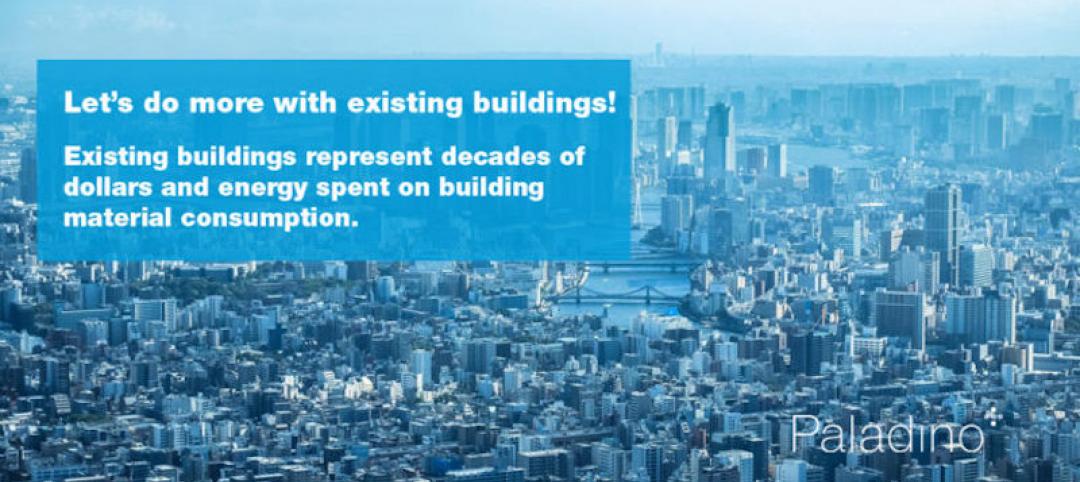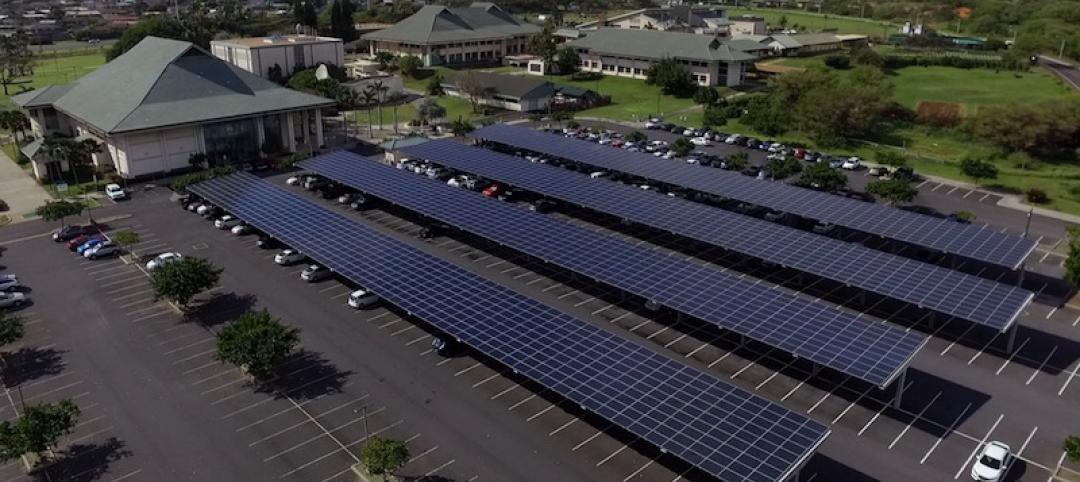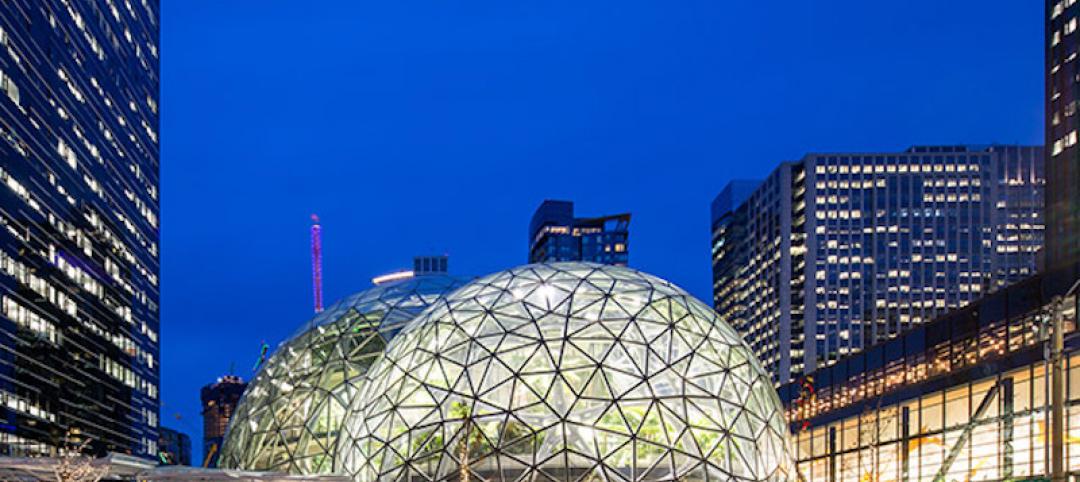A Buro Happold-led team recently completed work on standards for sustainable design and construction performance for the University of Southern California.
The document sets out sustainable strategies for the design and construction of new buildings, renovations, and asset renewal projects. The institution’s sustainable construction strategy includes a key focus on the chemical health and embodied carbon of building materials.
The new guidelines establish process management guidance for project teams to understand their roles and responsibilities, as well as key sustainability activities required for tracking and reporting. A section on life-cycle cost analysis (LCA) provides a basis for USC to develop cost-effective design options over the lifetime of a project along with assessing the environmental impact of project materials.
Development of the guidelines makes USC one of the first campuses to adopt a formal policy for life-cycle analyses to tackle embodied carbon.
More details on USC's Sustainable Design and Construction Guidelines
Here is the full press release from Buro Happold:
Buro Happold, a sustainability leader known for creating long-range plans and benchmarks for leading institutions, companies and municipalities worldwide, has led a team that recently completed key standards for environmental design and construction performance for the University of Southern California (USC).
Buro Happold led the sustainability guideline development process for the University of Southern California with its acclaimed human-centric approach — “ensuring that the built environment touches the earth lightly while also caring for its occupants,” says the firm’s leaders. Also involved in the blue-ribbon team creating the guidelines are the consulting partners Perkins&Will, civil engineer Psomas, as well as AHBE | MIG and David Neuman of Neu Campus Planning.
“Prepared in collaboration with key stakeholders across USC — from faculty and staff to student interns — the USC Sustainable Design & Construction Guidelines advance the University’s commitment to sustainable strategies for the design and construction of new buildings, renovations, and asset renewal projects with impacts across multiple areas,” according to Christopher J. Toomey, Vice President & Executive Director, USC Facilities Planning & Management. He added that the guidelines work alongside the USC Facilities Design Guidelines and many of the key goals set in the university commitment document, Assignment: Earth, the 2028 Sustainability Framework covering such areas as zero waste, water reduction and carbon neutrality.
The multidisciplinary firm Buro Happold, also known as a leader in higher education strategy, campus planning and sustainable strategy and building design, was selected through a competitive process to develop these new sustainable design guidelines for USC, an urban research university ranked among the best in the United States. Buro Happold has created campus-wide standards and overarching sustainability plans for other universities globally, for private corporations such as Aviva Partners, as well as for local governments from the County of Los Angeles to New York’s Battery Park City.
For USC, the new guidelines establish process management guidance for project teams to understand their roles and responsibilities, as well as key sustainability activities required for tracking and reporting. A section on life-cycle cost analysis (LCA) provides a basis for USC to develop cost-effective design options over the lifetime of a project as well as a method for assessing the environmental impact of project materials.
“USC has embarked on a collaboration with students, faculty and staff from across campus on this development of laudable and comprehensive sustainability guide-lines that will guide new construction and renovations, enabling the campus environ-ment to reflect and achieve the university’s sustainability ambitions,” says Kirsten Melling, Buro Happold sustainability associate.
Perkins&Will worked with Buro Happold to co-create a guideline development process that meaningfully engaged stakeholders, and then focused on defining material strategies and guideline implementation procedures. “The team set out strategies for sustainable construction, focusing on both the chemical health and embodied carbon of building materials,” says Leigh Christy, principal of Perkins&Will. “After working with Buro Happold and the team, we’re proud to say that USC will become one of the first campuses to adopt a formal policy for life-cycle analyses to tackle embodied carbon.”
Over recent years, sustainability guidelines and assessment tools have come to be an essential component of long-term campus planning and institutional strategy, according to Melling, and Buro Happold has assisted dozens of institutions worldwide on similar initiatives. Noting their use by many institutions, she adds that the guidelines are becoming increasingly valuable to guide specific aspects of development, such as decarbonization. This shift allows organizations to direct development in alignment with sustainability priorities and provides clear direction to design and construction teams on performance and design aspirations for their built environment.
Related Stories
Sustainability | Mar 21, 2018
LEED v4.1 — a game changer or business as usual?
The largest number of changes in v4.1 affect materials.
Energy-Efficient Design | Mar 20, 2018
University of Hawaii Maui College on pace to become first U.S. campus to generate 100% renewable energy on-site
The project is part of a partnership with Johnson Controls and Pacific Current that will also allow four UH community college campuses on Oahu to significantly reduce their fossil fuel consumption.
Adaptive Reuse | Mar 8, 2018
LEED Platinum for Memphis industrial reuse project
Memphis-based engineering firm OGCB and contractor Grinder Tabor Grinder led the removal of 54 million lb of concrete and 10 million lb of metal.
Office Buildings | Feb 19, 2018
Large photovoltaic “wings” help eliminate emissions from this Italian headquarters building
The wings have a surface area of over 1,100 sm.
Hotel Facilities | Feb 12, 2018
Circular hotel will be world’s first energy positive hotel concept above the Arctic Circle
The hotel will provide 360-degree views of the Svartisen glacier and the surrounding arctic nature.
Wood | Feb 5, 2018
The largest timber office building in the U.S. will anchor Newark, N.J. mixed-use development
Michael Green Architecture is designing the building.
Green | Jan 31, 2018
U.S. Green Building Council releases annual top 10 states for LEED green building per capita
Massachusetts tops the list for the second year; New York, Hawaii and Illinois showcase leadership in geographically diverse locations.
Green | Jan 30, 2018
Welcome to the Jungle: Amazon’s Spheres have opened to employees and the public
The Spheres provide the most unique aspect of Amazon’s downtown Seattle headquarters.
Resiliency | Jan 17, 2018
Climate adaptation project addresses current and future climate changes in Randers, Denmark
The C.F. Møller-designed project is slated for completion in 2021.
Sustainability | Jan 16, 2018
The nation's capital of sustainable design
Major cities, like Washington, D.C., make up less than 2% of the world’s landmass, but they contribute 77% of the world’s CO2 emissions.
















